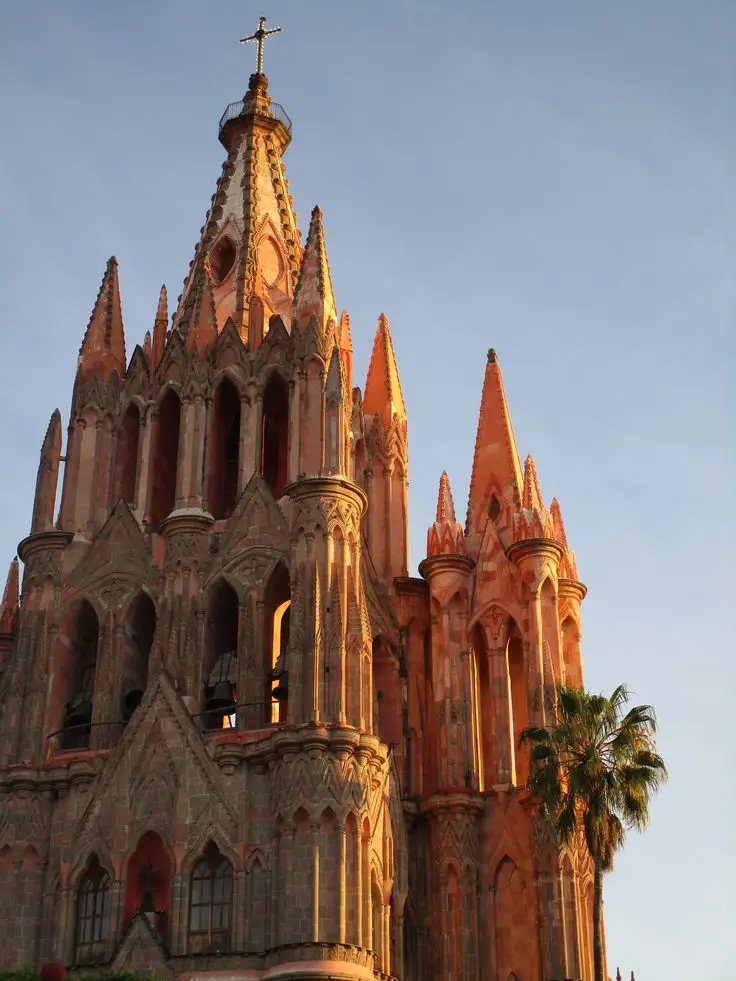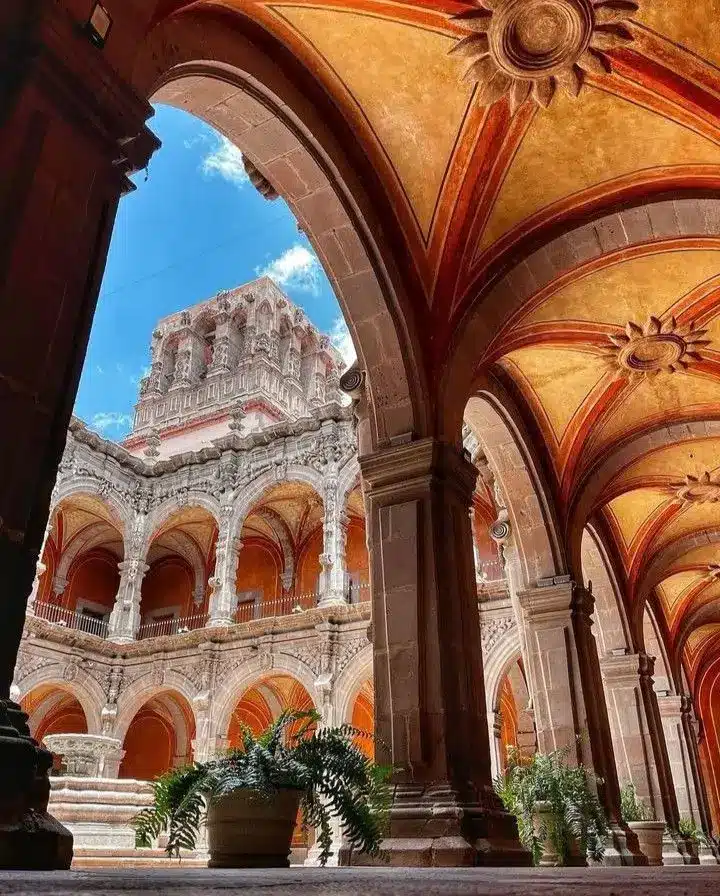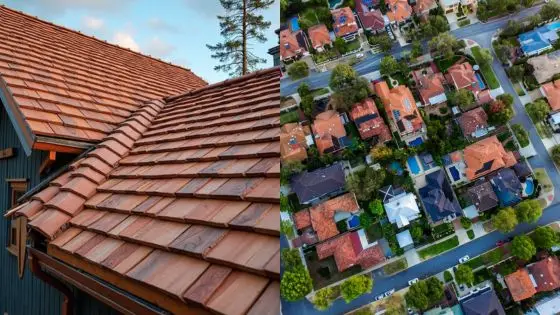Have you ever wondered what makes a building truly special? Is it the way it looks, how it blends with the environment, or the stories it tells? Mexico is home to some of the most stunning and unique buildings in the world.
From ancient ruins to modern masterpieces, the architecture in Mexico is full of history, culture, and creativity. Exploring these designs can inspire anyone to appreciate the beauty of buildings in new ways.
Essential Tips for Exploring Mexico’s Architecture
When exploring Mexico’s architecture, it’s important to plan and focus on key sites like ancient ruins, colonial churches, and modern buildings. Prioritize what interests you most to make the most of your time. Pay attention to the details, such as materials, designs, and symbols, which reflect a blend of indigenous and European influences.
Take time to understand the history and significance of each structure. Many sites are sacred, so being respectful is essential. Hiring a local guide can also deepen your understanding of the architecture and its cultural context. With a thoughtful approach, you can fully appreciate Mexico’s architectural wonders.
When visiting Mexico, staying connected can help with navigation and accessing important information. Using a travel eSIM for Mexico offers a practical way to maintain mobile data access without changing SIM cards. This option can be useful in remote areas or places where Wi-Fi may not be readily available.
Ancient Wonders: The Pyramids of Teotihuacan
When we think of ancient architecture, the pyramids of Teotihuacan come to mind. These giant structures were built thousands of years ago and still stand tall today. The Pyramid of the Sun is one of the largest pyramids in the world. Its massive size and steep steps leave visitors in awe. These pyramids were made with careful planning, using precise measurements that still amaze architects today.
Teotihuacan was once a bustling city with hundreds of temples, houses, and palaces. The layout of the city was incredibly organized, with streets and buildings aligned in ways that have helped historians learn more about ancient cultures. This city shows how the people of Mexico used architecture to connect with the earth, the sky, and the stars.
Colonial Beauty: The Churches of Mexico City
Mexico’s colonial past has left a lasting mark on its architecture. Churches, in particular, are a great example of this influence. In Mexico City, you’ll find stunning examples of colonial design, like the Metropolitan Cathedral. This massive building, with its beautiful baroque details and towering spires, is one of the largest and oldest churches in the Americas.
The churches of Mexico often have grand facades, intricate carvings, and high ceilings that inspire a sense of awe. Inside, you’ll find colorful murals, golden altars, and stained-glass windows that create a peaceful atmosphere.
Modern Innovations: The Museo Frida Kahlo
Mexico has shown exceptional modern architectural achievements during its recent historical period. The Museo Frida Kahlo stands as the Mexico City museum named the Blue House. The famous artist Frida Kahlo memorialized her childhood house into a museum to showcase her artwork.
The early 1900s construction period of this house features contemporary elements that unify old and new architectural styles. Traditional Mexican tile work together with colorful walls creates a peaceful and inspiring garden environment that perfectly matches all aesthetic elements.


Unique Designs: Casa Estudio Diego Rivera y Frida Kahlo
A spectacular display of contemporary architecture exists in the Diego Rivera y Frida Kahlo Casa Estudio establishment. Rivera and Kahlo lived in this building which became their famous joint workspace and residence. Mathematician Juan O’Gorman designed this building as a perfect representation of functional art.
The building features simple yet distinctive elements, with an opposing color scheme and geometric lines that define its appearance. The building includes architectural elements that draw inspiration from both Rivera and Kahlo’s artistic nature.
The most apparent aspect of this design lies in its ability to perfectly match the lifestyle of the couple it was built for. The studio section where Rivera worked is independent of the house proper yet its windows allow abundant sunlight to enter freely.
Iconic Design: The Palacio de Bellas Artes
Mexico City is also home to the Palacio de Bellas Artes, a stunning opera house and museum. This building is one of the most iconic in Mexico, with its mix of Art Nouveau and Art Deco styles. The exterior is covered in white Italian Carrara marble, which gives it a grand and luxurious feel.
Inside, the Palacio de Bellas Artes is just as impressive, with murals by famous Mexican artists like Diego Rivera, David Siqueiros, and Jose Clemente Orozco. These murals reflect Mexico’s history, culture, and struggles, making the building not just a work of art but also a symbol of Mexico’s identity.
The Diversity of Mexico’s Architecture
One of the most amazing things about Mexico’s architecture is how diverse it is. From ancient pyramids to colonial churches to modern homes and museums, Mexico’s buildings tell a story of a country that has been shaped by many different influences. The mix of indigenous traditions, Spanish colonialism, and modern design makes Mexico’s architecture one of the most interesting and varied in the world.
Each building has its own story, and each design has its purpose. Some were built to honor gods, others to reflect the power of the empire, and some to inspire creativity and artistic expression. Regardless of their purpose, all of these buildings show how deeply architecture is connected to culture, history, and identity.
Conclusion
Exploring Mexico’s architectural wonders is a journey through time and culture. From the ancient pyramids of Teotihuacan to the stunning churches of Mexico City, and from modern masterpieces like the Museo Frida Kahlo to the bold designs of Casa Estudio Diego Rivera y Frida Kahlo, Mexico offers a wealth of inspiration for anyone interested in design.
Each building is a reflection of the country’s rich history and diverse cultural influences, making Mexico’s architecture a true marvel to explore. Whether you’re an architect, an artist, or simply someone who loves beautiful buildings, Mexico’s architectural gems are sure to leave you inspired.
FAQs
- What makes Mexico’s architecture unique?
Mexico’s architecture stands out for its blend of indigenous traditions, Spanish colonial influences, and modern design elements. This fusion creates diverse buildings, from ancient pyramids to grand colonial churches and contemporary masterpieces, each with its own story and cultural significance.
- How can I learn more about Mexico’s architectural history?
To fully appreciate the richness of Mexico’s architecture, consider hiring a local guide while visiting key sites. Guides can provide historical context, explain architectural styles, and help you understand the cultural meanings behind each structure.
- Why is Mexico’s architecture so diverse?
The diversity of Mexico’s architecture reflects the country’s rich history, from pre-Hispanic cultures to Spanish colonialism and modern influences. Each architectural style tells a unique story, shaped by Mexico’s varied geographical, cultural, and historical landscape.
- 0shares
- Facebook0
- Pinterest0
- Twitter0


